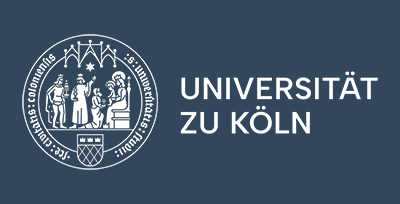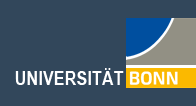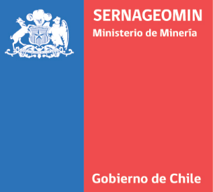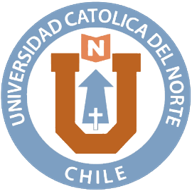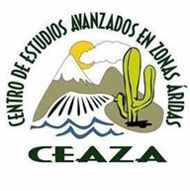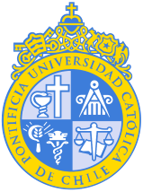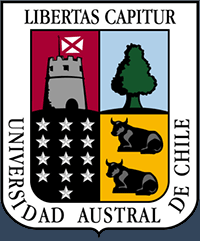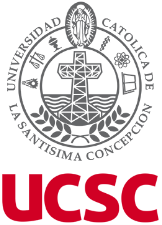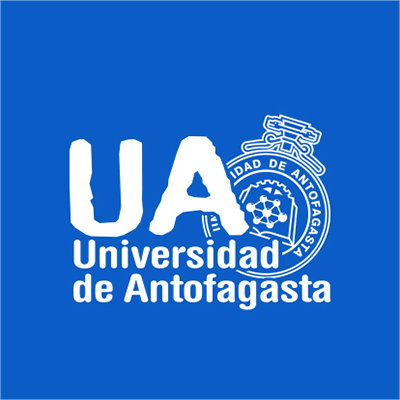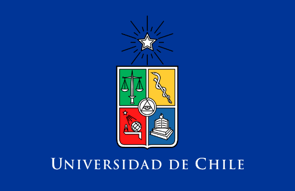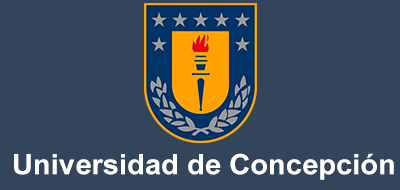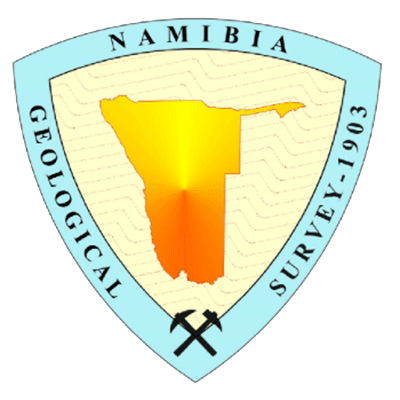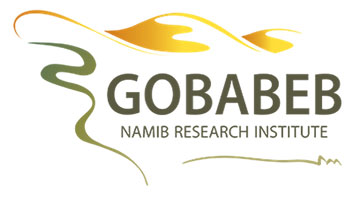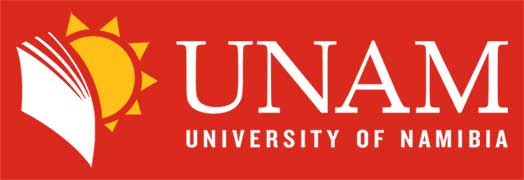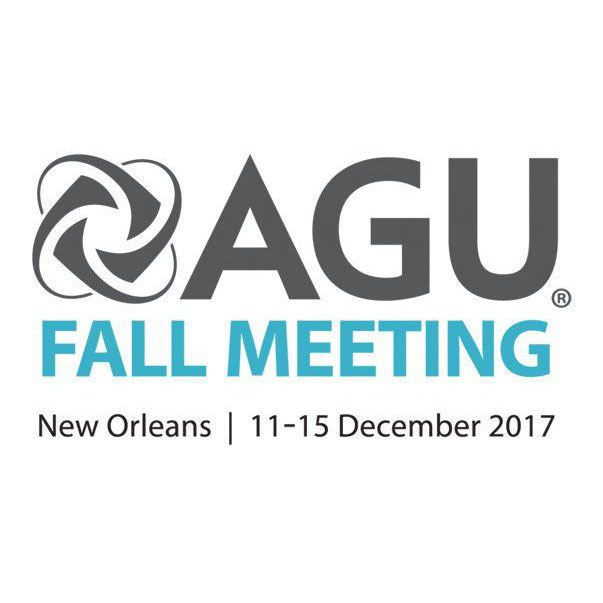 The traditional venue undergoing renovations, the American Geophysical Union hold its annual Fall Meeting for the first time in its history not in San Francisco but in New Orleans, Louisiana. With more than 20,000 oral and poster presentations the AGU Fall meeting in 2017 was one of the major event for geoscientists all over the world. Our CRC participated with two poster presentations about ongoing research of closed basin sedimentation and paleoclimate reconstructions of drilled clay pans in the Atacama Desert.
The traditional venue undergoing renovations, the American Geophysical Union hold its annual Fall Meeting for the first time in its history not in San Francisco but in New Orleans, Louisiana. With more than 20,000 oral and poster presentations the AGU Fall meeting in 2017 was one of the major event for geoscientists all over the world. Our CRC participated with two poster presentations about ongoing research of closed basin sedimentation and paleoclimate reconstructions of drilled clay pans in the Atacama Desert.
Conference Contributions:
Title:
Precipitation history of the central Atacama Desert since the Miocene as reconstructed from clay pan records of the Costal Cordillera/ N Chile
Authors:
Wennrich, V.; Melles, M.; Diederich, J. L.; Fernández Galego, E.; Ritter, B.; Brill, D.; Niemann, K.; Rolf, C.; Dunai, T. J.
Publication:
American Geophysical Union, Fall Meeting 2017, abstract #PP41A-1288
Publication Date:
12/2017
Bibliographic Code:
2017AGUFMPP41A1288W
Abstract:
Hyperaridity is a major limitation of Earth-surface processes and biological activity in the Atacama Desert of N Chile, one of the oldest and the driest deserts on Earth. But even the hyperarid core of the Atacama Desert of N Chile has experienced sever precipitation events, e.g., during the flash floods in 2015. On geological timescales, the overall aridity that is postulated to have lasted at least since the early Miocene was punctuated by distinct pluvial events. Such wetter conditions, e.g. during the Miocene, caused widespread lake-formation in the Central Depression and Coastal Cordillera, but also caused amplified surface processes, changes in vegetation dynamics, and enabled the dispersal of species. Unfortunately, due to the limited number and heterogeneous appearance of climate archives from the central Atacama, it's longer-scale precipitation history is still a matter of controversy. This study aims to study continuous longterm (Pleistocene-Miocene) paleoclimatic and environmental records from the hyperarid core of the Atacama Desert covering the last >10 Ma. Therefor we investigate clay pans records from endorheic basins in the Coastal Cordillera mostly formed by blocking of drainage by tectonic movement. The clay pans under study are located along a latitudinal transect across the hyperarid core of the Atacama, and thus, are assumed to have recorded local and regional precipitation variations on different timescales. The investigated sequences exhibit significant changes in the sedimentological, geochemical, and mineralogical properties due to changes in precipitation, but also in the weathering and erosion in the catchments. Diatom and phytolith remains preserved in these records clearly point to significant water bodies during the wettest periods and a significant vegetation cover. The results shed a new light on the timing, frequency, and the driving mechanisms of the intervening pluvial phases.
http://adsabs.harvard.edu/abs/2017AGUFMPP41A1288W
Title:
Recurrence of water bodies in the hyperarid core of the Atacama Desert - New insights into the Late Pleistocene paleoclimate history of Northern Chile
Authors:
Diederich, J. L.; Wennrich, V.; Fernández Galego, E.; Ritter, B.; Brill, D.; Niemann, K.; Rolf, C.; Melles, M.
Publication:
American Geophysical Union, Fall Meeting 2017, abstract #PP41A-1287
Publication Date:
12/2017
Bibliographic Code:
2017AGUFMPP41A1287D
Abstract:
The Atacama Desert of northern Chile is regarded as the driest desert on Earth. Although still controversially discussed, overall arid to hyperarid conditions in the Atacama are thought to have persisted at least since the early Miocene, but were frequently punctuated by pluvial phases. The knowledge of past changes in humidity is strongly hampered by the fact that sediment records from the central Atacama Desert, which enable longer-scale precipitation reconstructions, are rare and mostly restricted to the Miocene/Pliocene or the late Pleistocene <50 kyrs. In this study, we focus on a sediment record from the hyperarid core of the Atacama Desert, derived from a tectonically blocked clay pan in the Coastal Cordillera (20°04'33.64"S, 69°55'01.75"W). This clay pan `Huara' has been initially investigated by a geophysical survey in spring 2015, followed by drilling of a short core (HU-III) covering the uppermost 4 m of sediment. Initial results of the ground penetrating radar (GPR) and horizontal to vertical (H/V) spectral ratio measurements indicate well-stratified sediment bodies in the basin with a maximum sediment infill of 30 ± 4 m. The chronology of core HU-III was established by a combination of optically stimulated luminescence (OSL) and paleomagnetic dating. The sedimentological and geochemical data of core HU-III as well as it's sediment geophysical properties indicate the primary accumulation of fine-grained sediments over the past ca. 50 kyrs, interpreted to be deposited under arid conditions with only sporadic precipitation. Intercalated coarser horizons indicate several periods of semiarid climate conditions, causing multiple phases of local alluvial deposition from the interior catchment area into the clay pan. The results are in agreement with a cosmogenic nuclide study from an adjacent meander system, indicating that the whole sediment sequence of the Huara clay pan covers the regional climate history of the past 500 - 700 kyrs.



